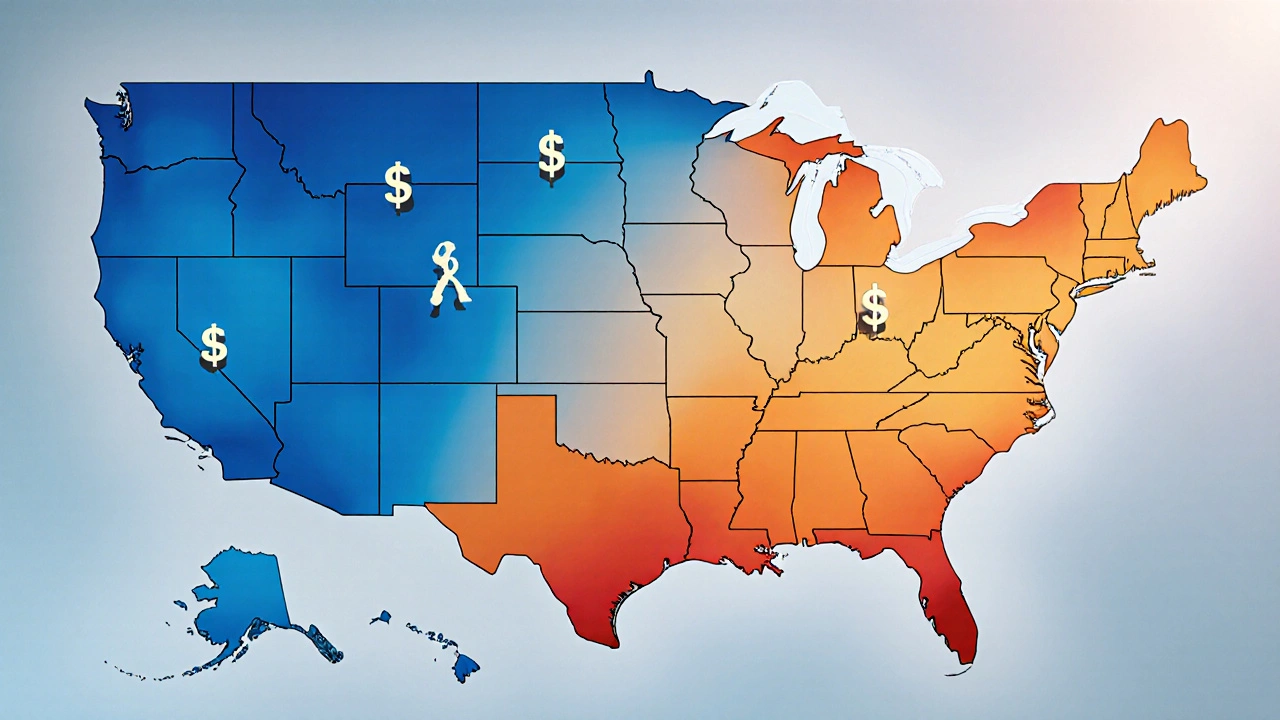Discover which U.S. states provide the lowest IVF costs, why price gaps exist, and how to lower expenses while maintaining high success rates.
Read MoreIVF Treatment Cost – What You Need to Know
When planning a family, understanding the IVF treatment cost is essential for budgeting and peace of mind. IVF treatment cost, the total amount you pay for in‑vitro fertilization, including clinic fees, medication, labs, and follow‑up care, also known as IVF pricing varies widely across India. It connects directly to In vitro fertilization (IVF), a lab‑assisted reproductive technique that joins eggs and sperm outside the body, also called IVF, and to the fertility clinic, the medical center where IVF procedures are performed, sometimes referred to as reproductive center. For many, medical tourism, traveling to another country to receive medical care at lower cost or higher quality, also plays a role in shaping the final bill.
Key Factors Shaping IVF Treatment Cost
First, medication dominates the expense chart. Gonadotropins, hormone suppressors, and supportive drugs can represent 30‑50% of the total bill, especially when high‑dose protocols are required. Second, the choice of fertility clinic matters. Premium clinics in metro cities charge more for state‑of‑the‑art labs, experienced embryologists, and higher success‑rate guarantees. Third, location influences travel and accommodation costs; patients from other states or countries add lodging and transport to the equation, which is why medical tourism often reduces overall spend by offering package deals. Fourth, lab fees – embryo culture, freezing, and genetic testing – add another layer; pre‑implantation genetic screening (PGS) can raise costs by 15‑20% but may improve outcome odds. Finally, success rates affect the perceived value: clinics with higher live‑birth percentages may justify higher fees, while lower‑cost options might require multiple cycles, potentially offsetting initial savings.
Understanding these variables helps you compare offers intelligently. For instance, a clinic advertising a low base price might omit medication costs, whereas a higher‑priced center could bundle everything, including travel and accommodation, into a single package. Insurance coverage is another piece of the puzzle; some corporate plans in India cover a portion of IVF, while most private policies do not. Government schemes in select states provide subsidies for eligible couples, cutting out-of‑pocket spend dramatically. Financing options, such as zero‑interest EMI plans offered by many clinics, also make the upfront burden lighter.
To keep the IVF treatment cost manageable, start by requesting a transparent cost breakdown from each clinic. Look for clinics that publish success‑rate data alongside their pricing; this lets you calculate a cost‑per‑live‑birth metric. Consider timing your cycle during off‑peak seasons when clinic slots are more available and discounts are offered. If you’re open to medical tourism, explore destinations like Hyderabad or Pune, where world‑class facilities attract international patients with competitive pricing. Finally, discuss medication alternatives with your doctor – using low‑dose protocols or generic drugs can shave off a sizable chunk without compromising outcomes.
Below you’ll find a curated collection of articles that dive deeper into each of these areas – from medication budgeting tips to choosing the right fertility clinic, from navigating insurance claims to understanding how success rates influence overall expenses. Explore the posts to get actionable insights, real‑world cost comparisons, and expert advice that will empower you to plan your IVF journey with confidence.





